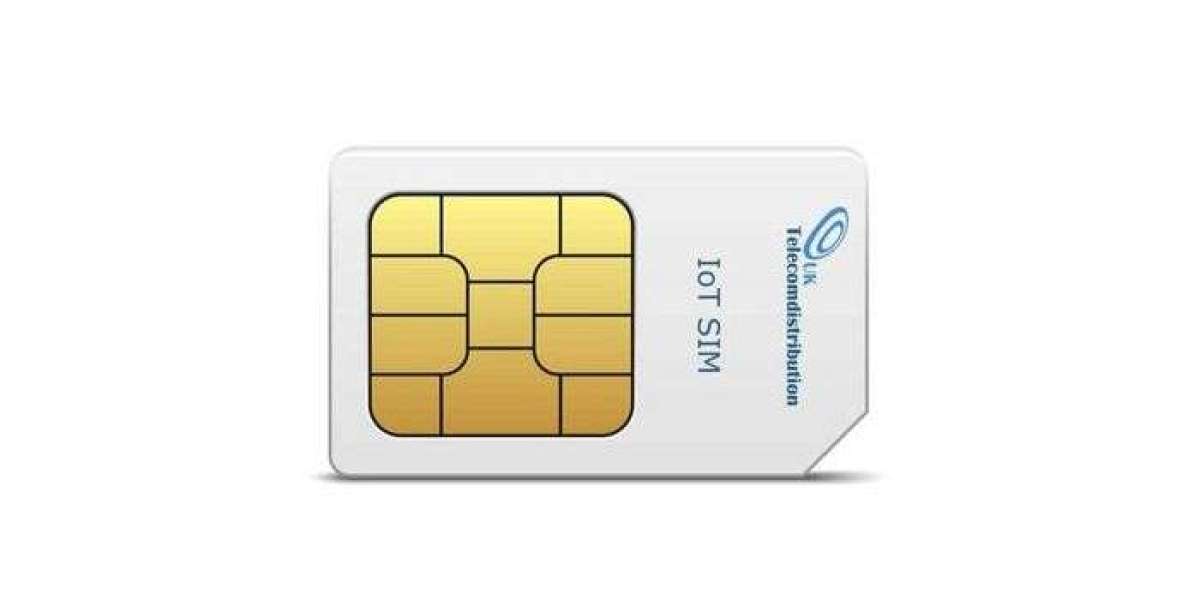In our fast-paced, interconnected world, emergency SIM cards serve as a vital lifeline during critical situations, whether traveling abroad or in unexpected circumstances. However, like any technology, they can encounter issues. Understanding how to troubleshoot these common problems can help ensure you stay connected when it matters most. Heres a comprehensive guide to addressing frequent emergency SIM card issues.
1. SIM Card Not Detected
Symptoms: Your device fails to recognize the SIM card, displaying a No SIM message.
Solutions:
- Reinsert the SIM Card: Power off your device, remove the SIM card, inspect it for damage, and then reseat it properly in the SIM tray.
- Check Compatibility: Ensure that your SIM card is compatible with your device. Some older devices may not support newer SIM technologies.
- Update Device Software: Keeping your device's operating system up-to-date can resolve compatibility issues.
2. No Signal
Symptoms: You cannot make calls, send messages, or access mobile data.
Solutions:
- Toggle Airplane Mode: Activate and then deactivate airplane mode to reset the devices network connections.
- Check Network Settings: Ensure that your device is set to the correct network type (e.g., 4G, 3G).
- Move to a Different Location: Signal strength can vary; relocating to an area with better reception can often resolve the issue.
3. Limited or No Data Access
Symptoms: While your device shows a signal, you cannot access the internet or other data services.
Solutions:
- Check Data Settings: Ensure mobile data is enabled and that you have sufficient data remaining on your plan.
- APN Settings: Verify that your Access Point Name (APN) settings are correctly configured for your mobile network provider.
- Restart Your Device: A simple restart can often refresh the connection and restore data access.
4. PIN/PUK Code Issues
Symptoms: You are prompted for a PIN or PUK code after inserting your SIM card.
Solutions:
- Enter Correct PIN: If you've forgotten your PIN, you can try the default one (often 0000 or 1234), but be cautious; entering it incorrectly too many times may lock your SIM.
- Retrieve PUK Code: If your SIM is locked, contact your carrier for the PUK code, which allows you to unlock your SIM card.
5. SIM Card Cracked or Damaged
Symptoms: Physical damage to the SIM card prevents it from functioning.
Solutions:
- Inspect the Card: Look for visible cracks or chips. If damaged, you may need to obtain a replacement from your carrier.
- Handle with Care: Always handle your SIM card by its edges and store it in a safe, dry place to prevent damage.
6. SIM Card Activation Issues
Symptoms: The SIM card fails to activate after purchase.
Solutions:
- Follow Activation Instructions: Ensure you have completed all activation steps provided by your carrier, including online or through their app.
- Contact Customer Support: If issues persist, reach out to your carrier's customer support for assistance.
Conclusion
Emergency SIM cards are invaluable tools for maintaining communication during critical times. By understanding and troubleshooting these common issues, you can ensure that you remain connected when it matters most. Remember to consult your mobile provider for support on more complex issues and consider keeping a spare SIM card on hand as a backup.







